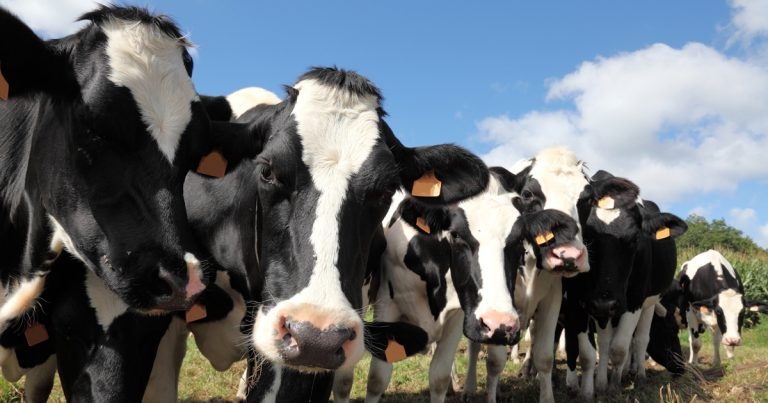22 Oct 2020
“It’s very positive to see this downward trend across almost all countries – not just in terms of total sales, but also the highest priority antibiotics” – Cat McLaughlin, who chairs the Responsible Use of Medicines in Agriculture Alliance.

Image © Gozzoli / Adobe-Stock
Sales of antibiotics for use in farm animals has fallen in Europe again, according to latest data – with the UK among the lowest overall users.
The 10th annual report from the European Surveillance of Veterinary Antimicrobial Consumption (ESVAC) has been released, examining sales data across Europe in 2018. UK figures for 2019 are expected shortly.
Expressed in tonnes, the total amount of antibiotics sold in the UK for veterinary use was 226.2 tonnes. Of this, 5.8% was in tablet form, so predominantly used in companion animals.
The total used compared favourably with other parts of Europe, in particularly similarly sized neighbours.
Spain is the largest user of antibiotics, with 1,724.6 total tonnes used in 2018, with Italy using 942.4 tonnes, Germany 762.7 tonnes and France 471.4 tonnes. Poland was a large user with 784 tonnes, Ireland used 99.4 tonnes and Belgium 197 tonnes.
Cat McLaughlin, who chairs the Responsible Use of Medicines in Agriculture Alliance, said she was pleased significant reductions in antibiotic use in farm animals in the UK over the past six years meant it was among Europe’s lowest users.
She said: “It’s very positive to see this downward trend across almost all countries – not just in terms of total sales, but also the highest priority antibiotics – third and fourth-generation cephalosporins, fluoroquinolones and colistin.
“While the use of antibiotics in food production is not the main driver of antibiotic resistant infections in people, it can be a contributing factor. Any use of an antibiotic has the potential to create resistance and as part of a one health approach, we all have a duty to protect the efficacy of medical and veterinary antibiotics by reducing, refining or replacing use.”
| Sales of antibiotics in UK and across Europe 2016-2018 (ESVAC) | ||||||
|---|---|---|---|---|---|---|
| UK average (mg/PCU) | EU country average (mg/PCU) | |||||
| 2016 | 2017 | 2018 | 2016 | 2017 | 2018 | |
| Total use | 39 | 32.5 | 29.5 | 124.6 | 107.0 | 103.2 |
| Fluoroquinolones | 0.2 | 0.2 | 0.1 | 2.7 | 2.4 | 2.5 |
| Third-generation and fourth-generation cephalosporins | 0.1 | 0.1 | 0.1 | 0.2 | 0.2 | 0.2 |
| Polymyxins (colistin) | 0.02 | <0.01 | <0.01 | 6.4 | 3.6 | 3.4 |